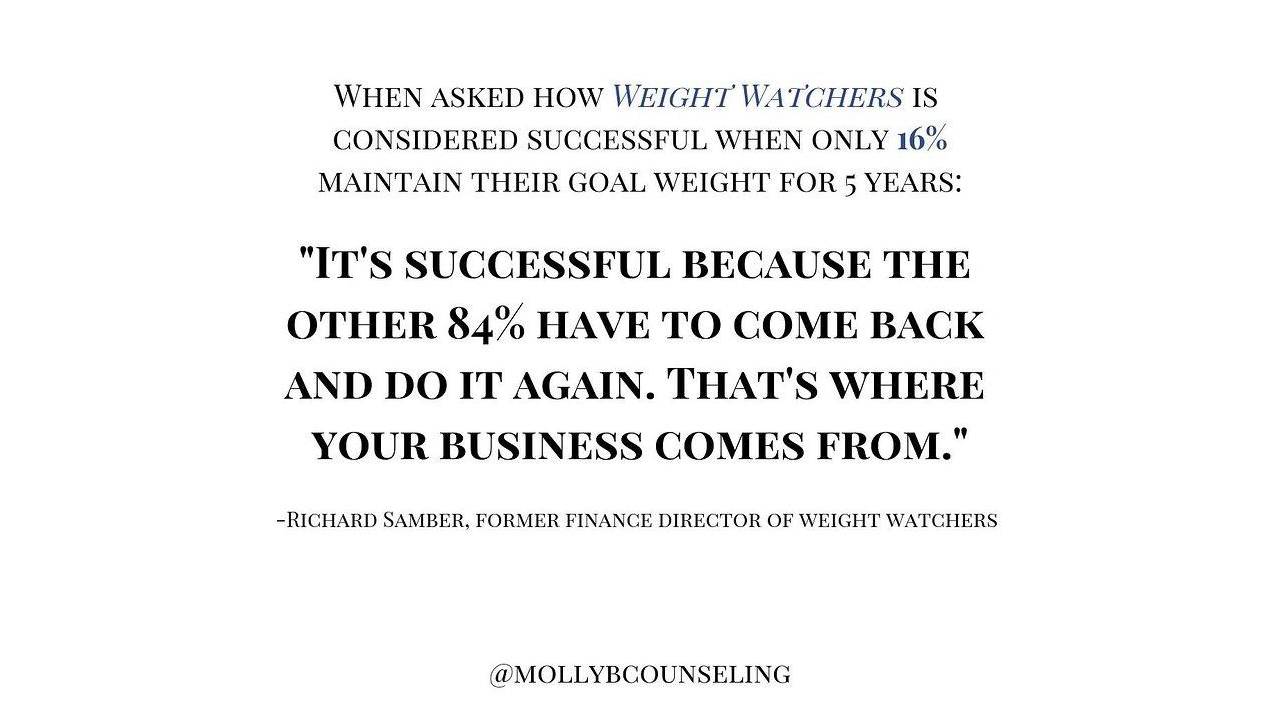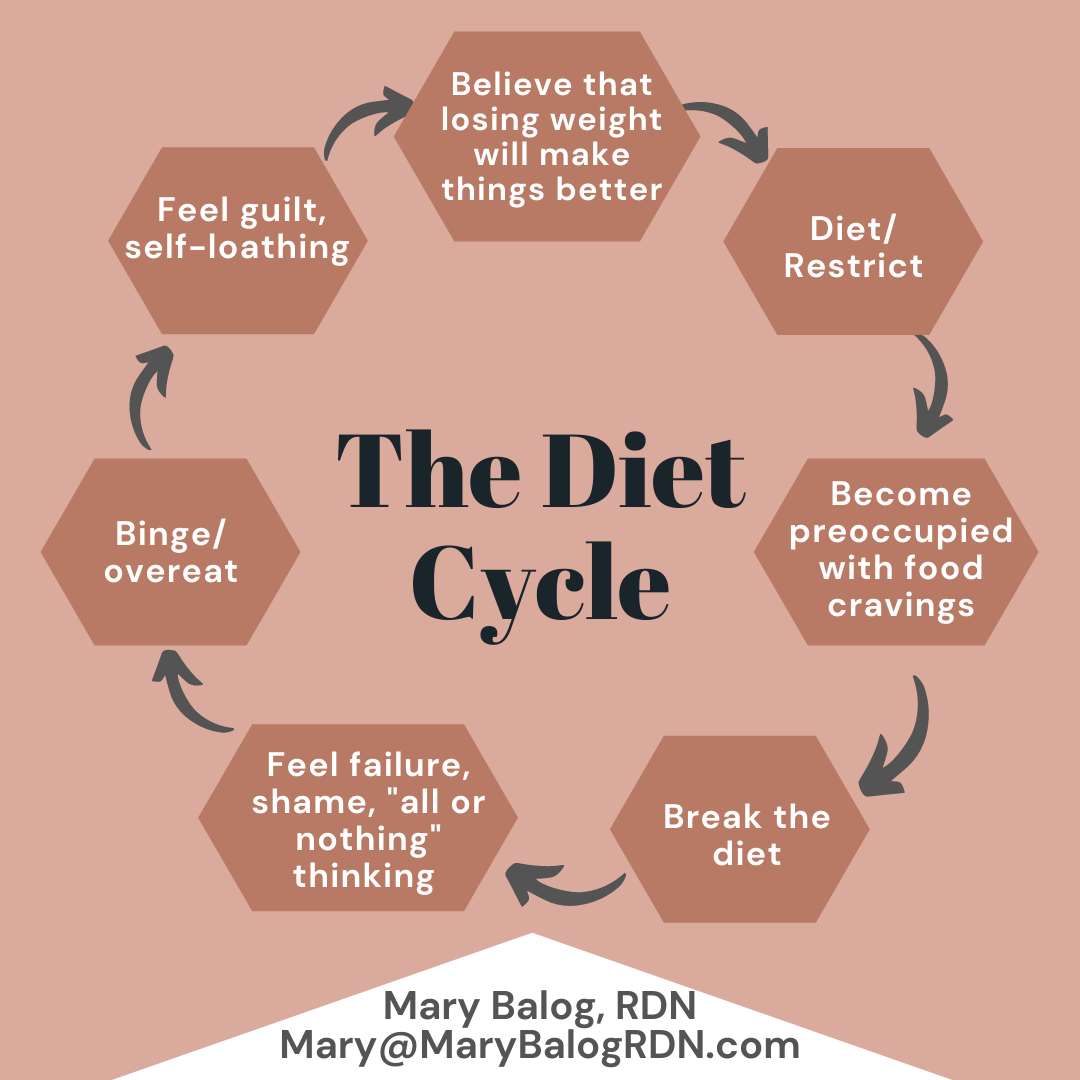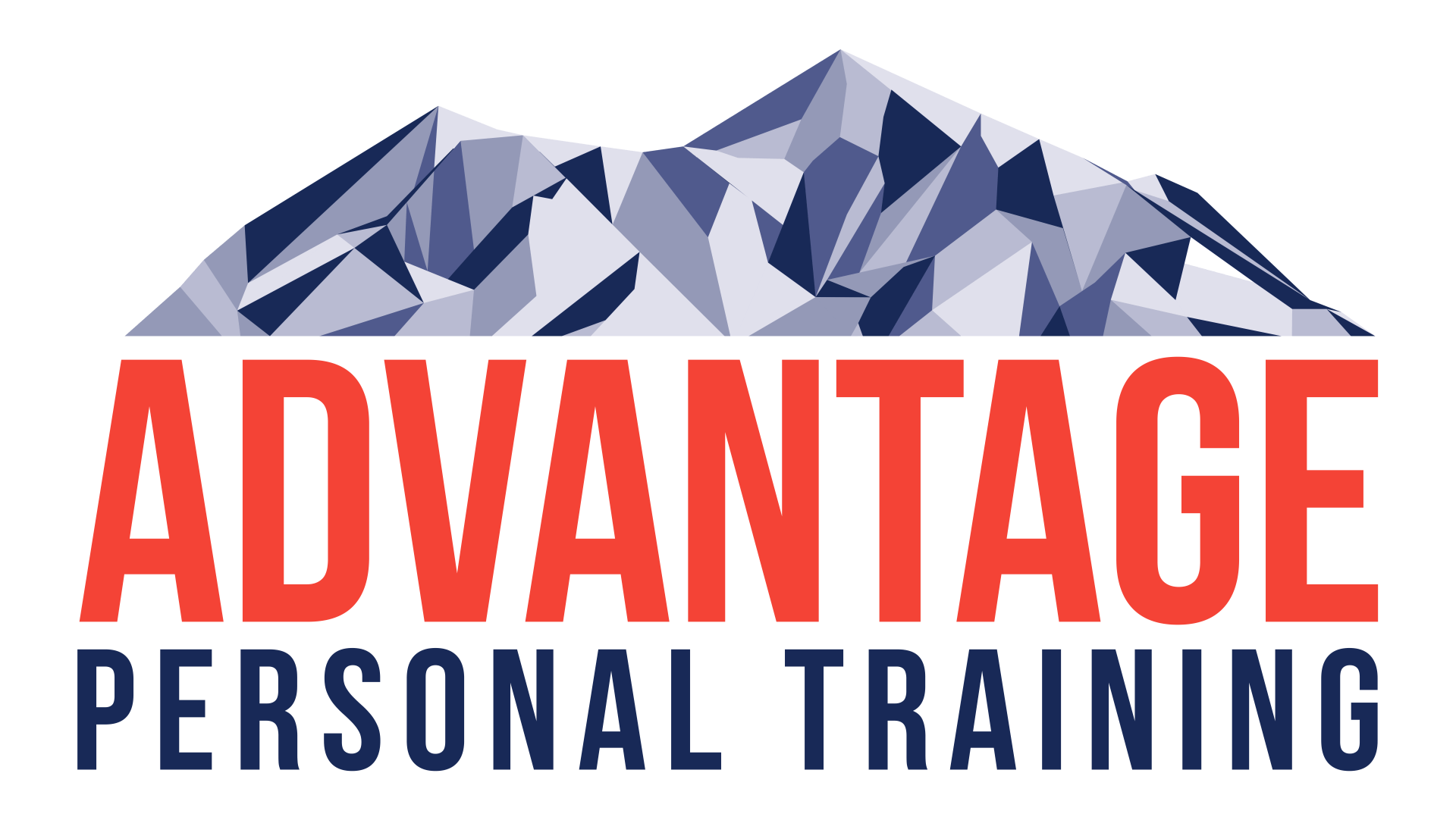A Coach’s Guide to Pre-Season Conditioning
Teams all over the country are already practicing together to develop skills, put systems in place, learn power play and penalty kill tactics, and of course, get in “game shape”. Coaches, as your teams begin to hit the ice, it’s your responsibility to prepare them for the demands of the competitions that are just weeks away.
But what’s the best way to condition your team in the beginning of the season?
It can be tempting to put the pedal to the floor and get right into heavy on-ice conditioning so the team can quickly get into game shape. While adequate conditioning is important, starting with aggressive skating involving lots of stops and starts might actually put your team behind as your players nurse groin or hipflexor strains for several weeks. As with any other kind training, it’s crucial that on-ice conditioning proceeds based on a progression which slowly and systematically increases demand on the players. It can be tempting to go all out right from day one, but because skating has such unique demands, a lot of volume and intensity added too quickly often leads to injured players. It’s hard to be patient with the progression, but it beats the alternative of waiting for players to get healthy in November and THEN trying to catch them up with the rest of the team.
In the strength and conditioning world, we spend a good deal of our professional lives manipulating 2 variables: volume and intensity. It should be no different for you as a hockey coach, particularly at the beginning of the season. In the case of on-ice conditioning, volume would be the total distance skated, and intensity would include several variables like stops and starts, changes of direction, physical play, competition, etc. Most of the time, if you dial up one of those variables, the other should be dialed down. For example, if you plan to do a lot of skating at the end of practice (high volume), that skating should be something like laps (low intensity) which don’t include a lot of stops and starts or changes of direction.
The Volume-Intensity continuum: Imagine a straight horizontal line with Volume on the far left end of the line, and Intensity on the far right. In the first 4-6 weeks of the season, conditioning skates should start at the far left, and progressively move toward the right. That means the first week or two will include longer (30-40 second) lap skates where a designated group of players skates hard for the interval, then rests as another group does the same thing. Ideally, this would be done with three or four groups of players in order to match the work:rest ratio of a hockey game. When you do the math, this kind of skate requires a 40 second “shift” followed by a 2 minute rest, which is very similar to the demands of a game. Once a good base of volume is established and players have adjusted to being back on the ice, the conditioning skates will progress more toward the intensity side of the continuum by incorporating more stops and starts, or focusing on short bursts. For example, players might race from blue to blue, rests, then repeat that sprint for a certain number of times. It’s a sprint that might be under 2 seconds, but it’s very intense and demanding and is closer to how a shift is actually played out on the ice.
As luck would have it, the same rule of thumb that allows us to safely condition hockey players in the beginning of a season also fits neatly with the energy system demands of hockey. Energy systems are the different biological pathways the body uses to create the fuel players use when they play. For simplicity sake, we will talk about just 2 of those energy pathways, aerobic and anaerobic. The aerobic system, the one gym-goers refer to as “cardio”, is the one responsible for fueling longer, slower efforts, and comes in mighty handy for athletes in endurance sports like distance running, cycling, and swimming. Anaerobic energy allows for shorter (less than 2 minutes) and more intense efforts like sprinting or battling in the corner. Hockey (and most other team sports, for that matter) is predominantly anaerobic because it involves high intensity bursts followed by a time of relative rest. But wait, there’s a catch! It turns out that, while the aerobic system doesn’t contribute much to the sprints your players do on the ice, it IS responsible for speeding the recovery from those sprints and restocking your muscles to be able to go out and sprint again the next shift. So a well-developed aerobic system is a must in a sport where the ability to sprint repeatedly can determine the outcome of the game.
When you start conditioning your players with longer, less intense efforts, not only to you break your players in and get them re-acclimated to the ice, you also begin to develop the aerobic system. By doing that, you improve your players’ ability to recover after a sprint. A well-developed aerobic system will not necessarily help you win any races to the puck or battles in the corner, but it will definitely help you recover when you head back to the bench after that puck race or corner battle. So it is important to spend some time developing that. Ideally, you will have fit players who already a solid conditioning base, but start with the longer, less intense skates just to be sure.
Here’s what a 6-week conditioning plan might look like.
- Weeks 1-2: Practice consists of “flow” drills and skill development. Lap skates at the end for added conditioning. 4-5 30-second intervals each way with a 90-second rest (while the other groups go).
- Weeks 3-4: Introduce physical play and more accelerations into practice plan. Condition with about 20-second intervals at full speed with a few stops and starts to increase demand (goal line and back, twice). The stops and starts add a considerable amount of intensity.
- Weeks 5-6: Full physical play and game situations in practice. Anything goes for conditioning. Stops and starts, battle drills, races, whatever. The players will be ready.
It’s worth mentioning that the goal during conditioning skates should be PERFECT form. Sloppy skating in practice reinforces sloppy skating in a game. Even when a player is tired, they should try to hold a great skating posture because good form is faster and more efficient than bad form. There is a concept called “technical failure”, which means form has broken down to the extent that you aren’t really developing what you set out to develop. Improvements are made when you flirt with that border line between “good” form and technical failure. The simplest example would be a player skating side boards. Maybe in week 3 he can only touch 4 boards before form starts to deteriorate. If you continue to work up to that limit with this player, taking him right to that point of technical failure, his body will become conditioned to the training, and maybe in week 6 he can touch 8 boards before her technique falls apart.
As you prepare your teams for the upcoming season, remember to build a solid base of conditioning with volume, and then work toward adding intensity. If you can be patient and start with conditioning skates that might be “easier”, you will end up with a team that is healthier, and better able to recover from tough shifts when the game is on the line. Best of luck to you and your teams this season. If I can be a resource for you, please feel free to contact me at [email protected].




Advantage Personal Training is an Ann Arbor based Family Oriented Gym, focusing on the training needs of individuals, small groups and youth athletes. Meet with a results-oriented personal trainer and put yourself on the path to a more active life!
SERVICES
CONTACT INFORMATION
Hours of Operation
Mon to Fri: 6:00 AM - 8:30 PM
Sat: 8:30 AM - 12:30 PM
Sun: CLOSED
All Rights Reserved | Advantage Personal Training


